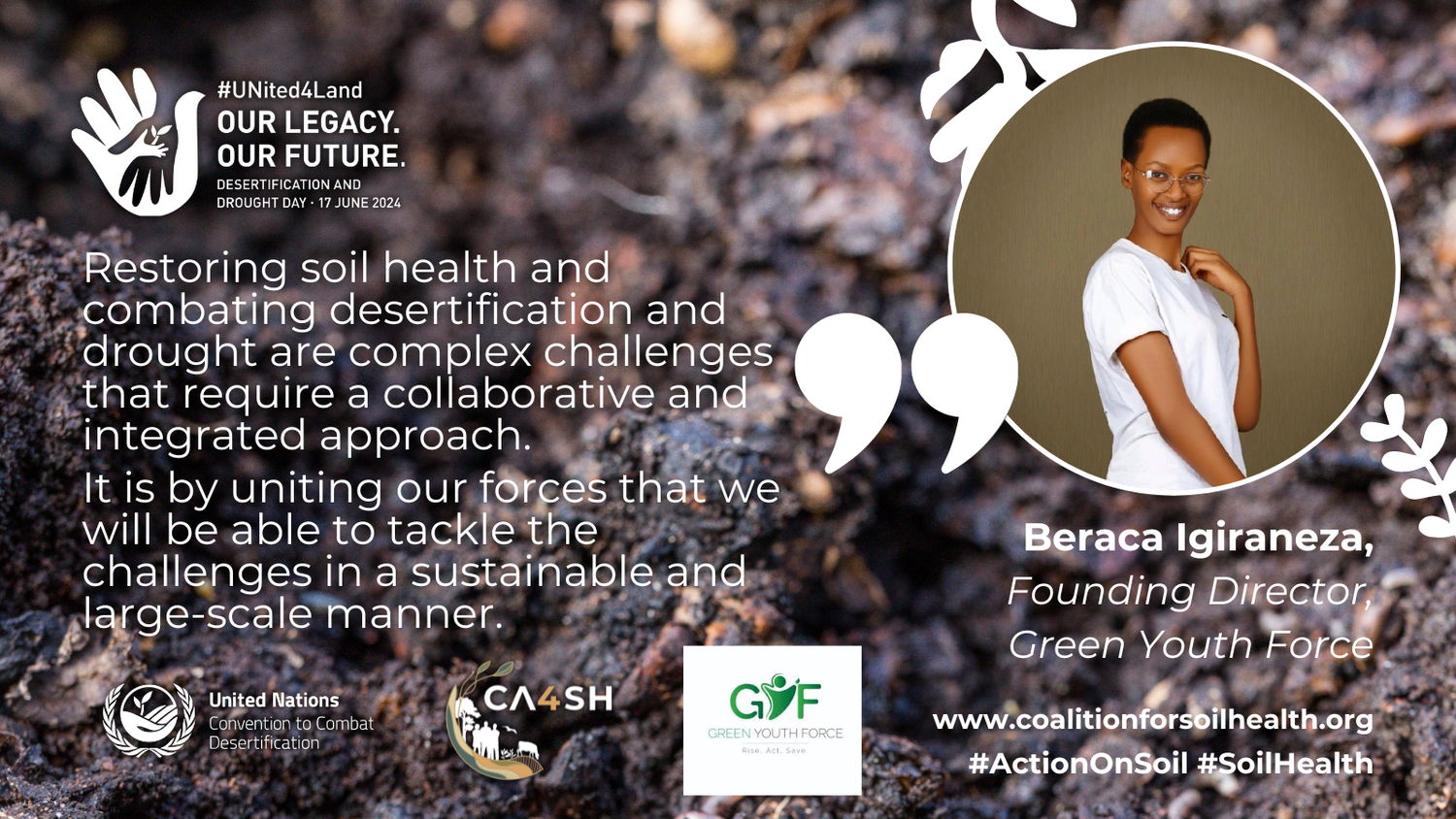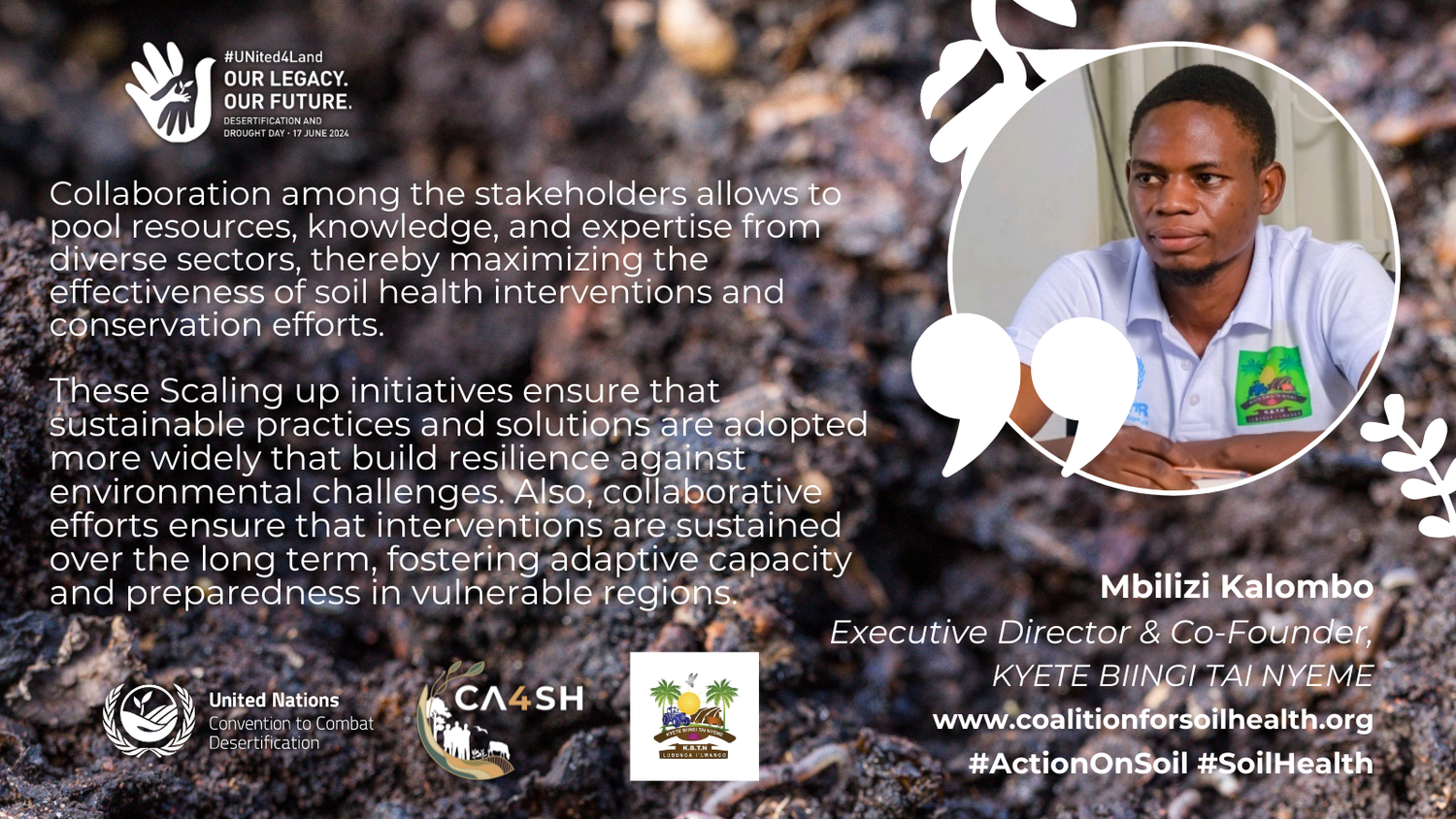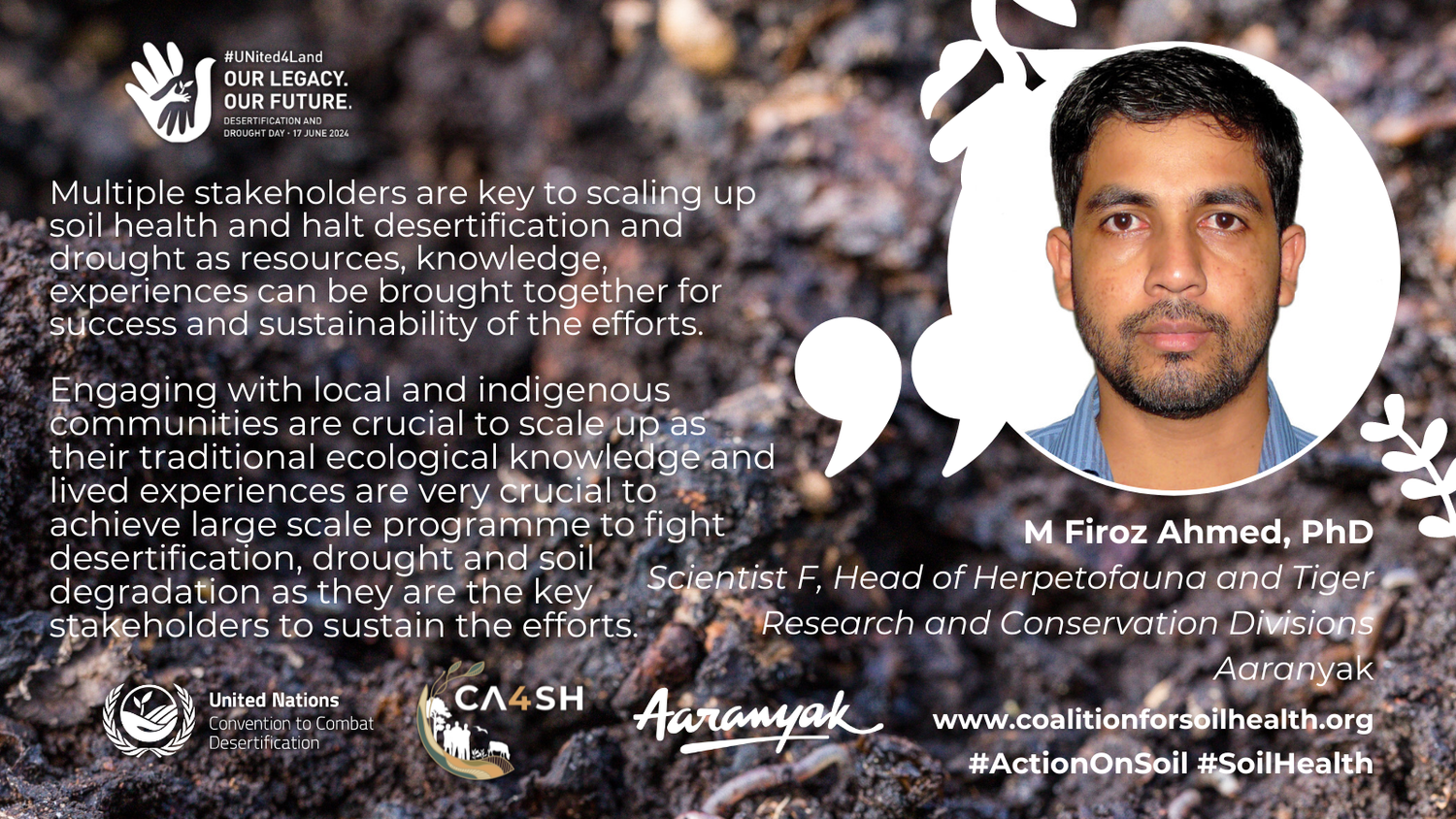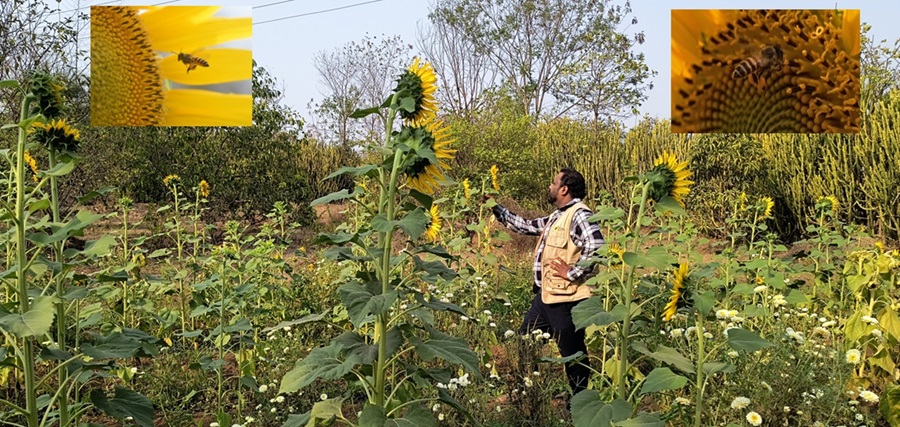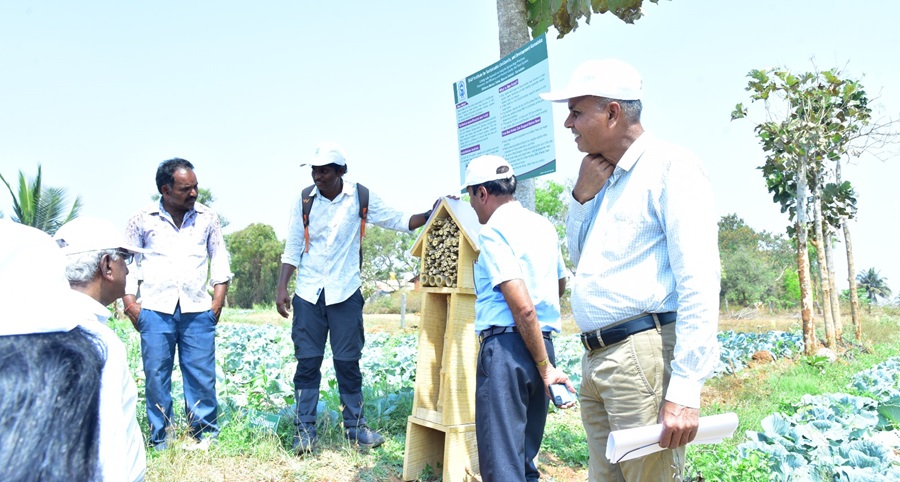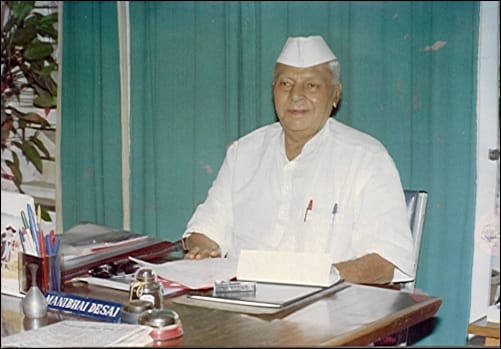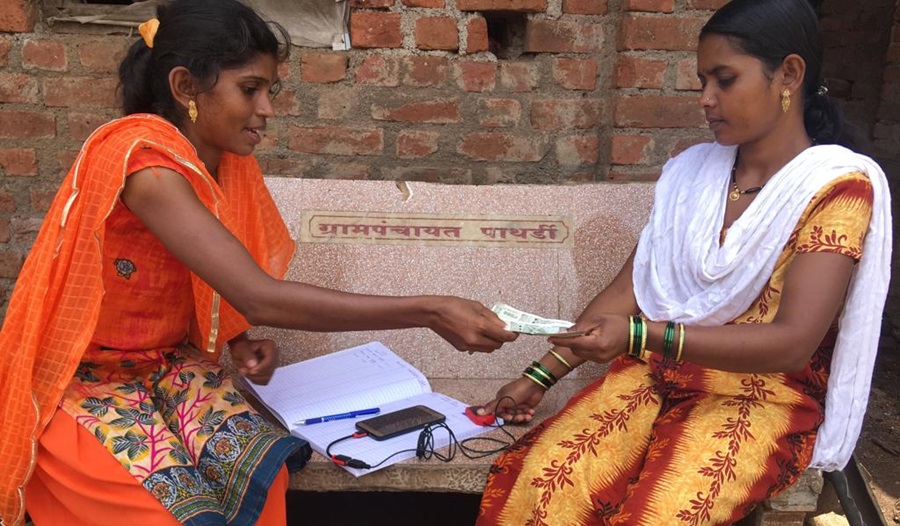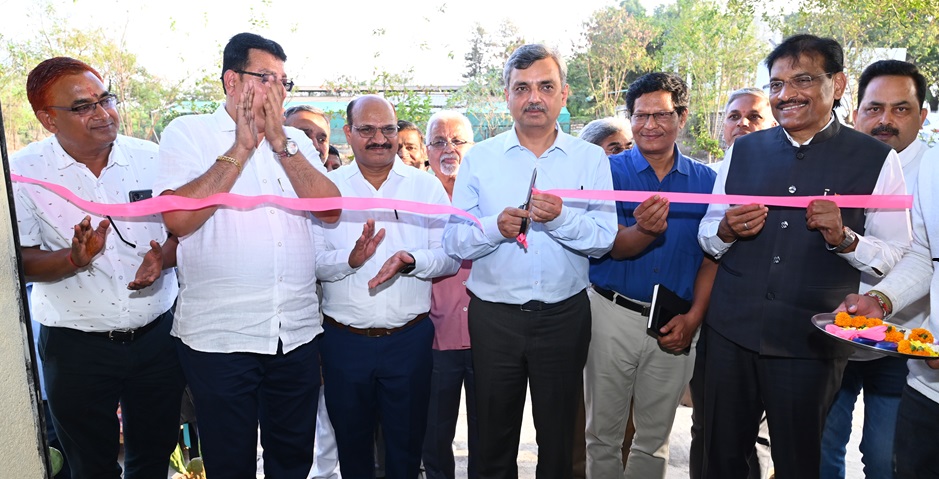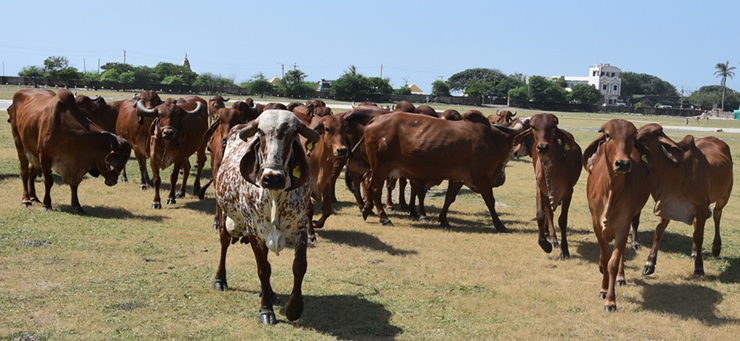
Drip Irrigation: Key to Agricultural Prosperity

India is an agricultural country. Irrigation is the basic requirement of agriculture. A look at the data at the global level reveals that the maximum use of water is in agriculture.
On the one side, most parts of the country have a hot climate which leads to excessive evaporation and increased consumption of water while on the other side, there is inequality of rainfall which makes it necessary to develop irrigation facilities, especially in low rainfall areas. Most of the rainfall in the country occurs in a particular season.
Drip irrigation is an advanced irrigation system which ensures the availability of water to the root of the plant at short intervals through specially made plastic pipes. This system of irrigation is beneficial as there is 60 percent less consumption of water as compared to traditional irrigation, increase in productivity by 40 to 50 percent and superior quality of the produce. Drip irrigation is a very popular method of irrigation in countries such as Israel, USA and Spain.
Water can be applied with high uniformity through drip irrigation and can prevent runoff and excessive spraying. Drip irrigation is suitable for protective cultivation in greenhouses, shade nets and low tunnels. It provides controlled application of water and nutrients to each plant without wetting the leaves, which is an important feature for high-value crops such as flowers, potted plants and greenhouse vegetables. Saline and poor-quality water can be used more safely through drip irrigation as compared to any other method of irrigation. It is well suited for a variety of row crops ranging from widely-spaced fruit crops to closely-spaced vegetable crops.

Initiatives taken by BAIF
Looking at the problems of water scarcity, irregularity of water, saline water, etc. in Rajasthan, BAIF’s Samadhan project is enabling farmers to practice agriculture through drip irrigation in Udaipur, Chittor, Rajsamand, Bhilwara and Ajmer districts. As a result, farmers are receiving higher yield and annual income. Farmers are making judicious use of drip irrigation for horticulture, vegetable production and other crop production. In horticulture, plants receive water uniformly through drip irrigation. This method of irrigation makes it very easy to produce vegetables in less water. In this, mulching paper is also used along with drip, which reduces weeds and reduces water evaporation. Hence, drip irrigation reduces weeds, saves water and saves labour in horticulture.

Benefits for farmers
Water saving: In drip irrigation system, water does not flow on the soil surface or through the air. Hence run-off losses are totally eliminated. Due to controlled flow and application of small quantity of water, deep percolation losses are also reduced to a great extent.
Improvement in plant growth and crop yield: As this method allows efficient use of small quantity of water repeatedly, it is possible to maintain the water content in the root zone of the soil close to field capacity or within acceptable deficient soil moisture. At this stage, soil moisture stress is low and the plant does not need to exert too much to extract water from the soil. It thus improves plant growth and in the process achieves higher crop yield as compared to other methods.
Labour and savings: There is considerable saving of labour, as a well-designed system requires labour only to switch the system – on or off. This method is also suitable for low to high level of automation in the application of water and fertilizer. Hence, expenditure on manual labour can be reduced to a great extent.
Energy Saving: Due to high efficiency of irrigation, less quantity of water is required and less time is taken to supply the desired quantity of water. Thus, this method saves energy.
Weed Control: Due to partial wetting of soil in drip method, weed infestation is less as compared to other irrigation methods. This reduces the requirement of expensive and environmentally hazardous chemicals and labour required for application of these chemicals.
Increase in Fertilizer Application Efficiency: In drip irrigation system, water soluble fertilizers can be used. Since water can be accurately applied in the root zone, the fertilizer can also be applied in the root zone of the crop itself. Hence, losses of fertilizers in the process of deep percolation, leaching, runoff etc. can be eliminated to a great extent, thereby saving precious fertilizer, causing minimum hazard to the environment and reducing ground water pollution.
Zero soil erosion: Since water does not flow on the land surface, there is no soil erosion due to drip irrigation.
Minimal disease and pest problems: In drip system, minimum disease and pest problems are observed due to low atmospheric humidity.
Thus, Drip Irrigation is the key to agricultural profitability as it ensures returns on investment.



